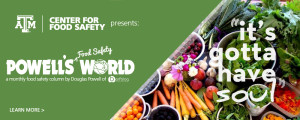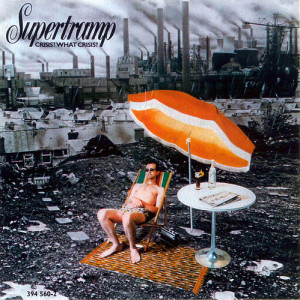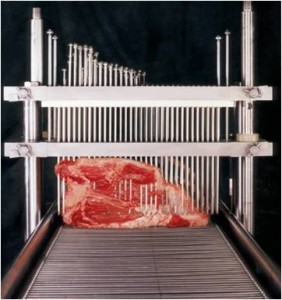Nicole Arnold, MS student at N.C. State University writes:
I never knew that I sounded like a twelve year old until I recorded myself for a video competition to take part in IFT’s first inaugural Food Communicator’s Workshop. A few snowflakes in North Carolina had shut things down; I couldn’t use a university studio so I was forced to record myself in my bedroom via YouTube.
Awkward.
Maybe it was because I boasted of being part of the behind the scenes of barfblog (and mentioned 40,000 subscribers) or because nobody else could bear the discomfort of recording themselves, but they chose me.
Sponsored by CanolaInfo, the IFT workshop was created to prepare and encourage students and young professionals to communicate food science information and issues through various channels. As a group, we dissected multiple media platforms, specifically the infamous Food Babe’s attack on canola oil. The group leaders asked:
How would we respond?
What would we say if we chose to say anything at all?
What type of social media platforms would we use?
During a mock print interview, I grabbed a slip of paper out of a bowl with the words ‘artificial colors’ on it. I know a little bit more about that topic but am less- familiar with GMOs and preservatives (which others received).
With only a minute to look over the content, the interviewer asked me ‘why artificial colors are added to foods when scientific literature links it to cancer?’
I made a rookie mistake and used the oft-used phrase that the dose that makes the poison. The mock reporter’s eyes lit up.
Poison. I had said it.
An actual reporter could take that statement and run with it, indicating that my statement equated colors to poisons.
I should have talked about how safety reviews are conducted on artificial coloring and that while there are no certainties or guarantees in safety, regulators assess risk by calculating exposure and the amounts needed to cause problems. Many studies are based on mouse models – which may or may not be all that transferable to humans. Based on the current available science, the U.S. FDA and other public health-protecting bodies throughout the world have deemed certain artificial colors as low risk.
It’s tricky, but as food communicators, our messages should be clear, concise and explain the uncertainties of the science. And shouldn’t use clichés.
Nicole Arnold is a MS student in Food, Bioprocessing and Nutrition Sciences, a barfblog news team member, and is a vegetarian studying mechanically tenderized beef safety.
Here’s a video submission from Ohio State’s John Frelka.








 European market.”
European market.” actually — responding to food safety issues in conventional media, they must now pay particular attention to the myriad of Internet-based social networking sites that allow individuals to act as their own media outlet. Further, proactive producers, regulators and others in the farm-to-fork food safety system will become comfortable with the directness — and especially the speed — of new Internet-based media.
actually — responding to food safety issues in conventional media, they must now pay particular attention to the myriad of Internet-based social networking sites that allow individuals to act as their own media outlet. Further, proactive producers, regulators and others in the farm-to-fork food safety system will become comfortable with the directness — and especially the speed — of new Internet-based media..jpg) have caused the illnesses.
have caused the illnesses.